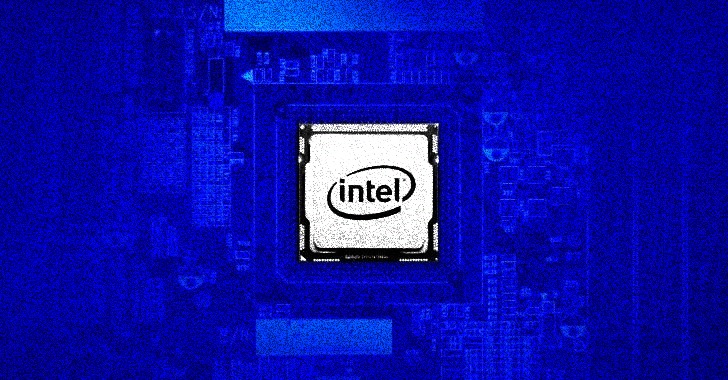Cloud computing is becoming the IT setup of choice for many companies across the world!
The traditional model of in-house IT support is seen by some as outdated, inefficient and costly… Especially when compared to the tiered service options that many cloud providers offer.
Cloud computing involves the transmission of data files off of one’s personal computer and onto a server. If you’re using an outside cloud provider, this server will probably housed in an off-site location. From this server, information can be edited by accessing the files via an internet connection.
Cloud computing also allows files and data to be more readily available. By placing these files on a server, they can be accessed from anywhere in the world simply by getting online.
As more and more devices are becoming available which offer internet connections (i.e. tablets, iPads, smartphones) getting online has never been easier! Because of this, one can easily see how cloud technologies are becoming increasingly alluring.
In the future, the number of devices with this capability will almost certainly increase at a massive rate. Who knows how long it will be before appliances, cars and perhaps even clothing and furniture connect to the internet in order to optimally function.
But there are still some downsides to note. The implementation of cloud computing hasn’t gone off without a hitch, and there are still many concerns to consider while bridging over to online cloud hosting.
One of these concerns centers around the fact that there is little regulation in place to monitor how cloud companies store and use uploaded information. Without legal precedent to turn to, some fear their data will not be cared for properly– or that nothing can be done if it is accidentally lost or compromised.
This relates to a similar concern: security. Many people might argue that data encryption and other cyber security measures are more secure than onsite hard drives. Of course, others remain unconvinced.
The difficulty is that there really aren’t any previous models to follow. As this is humanity’s first experience with cloud computing implementation, it’s somewhat tricky to successfully identify the potential pitfalls and weigh them against the potential benefits of this technology.
As we move into the future, we will have to consider how this and other new technologies might help us– while exercising an appropriate level of caution.
… We just have to figure out what that level is!
Luc Aaron















